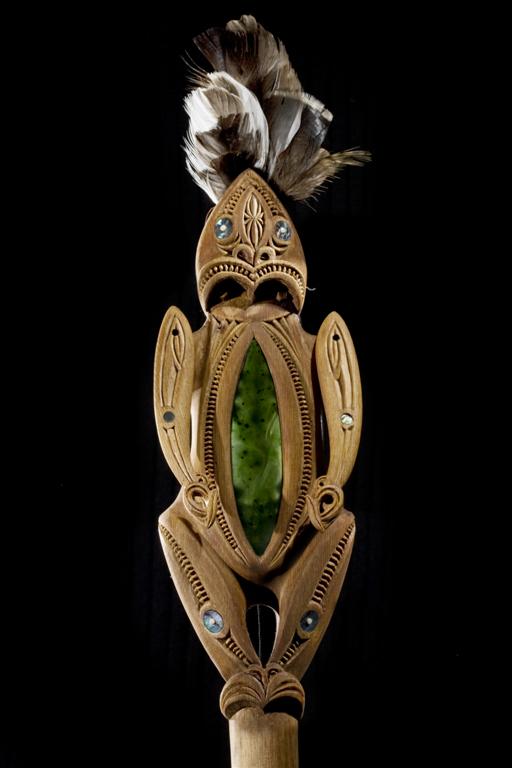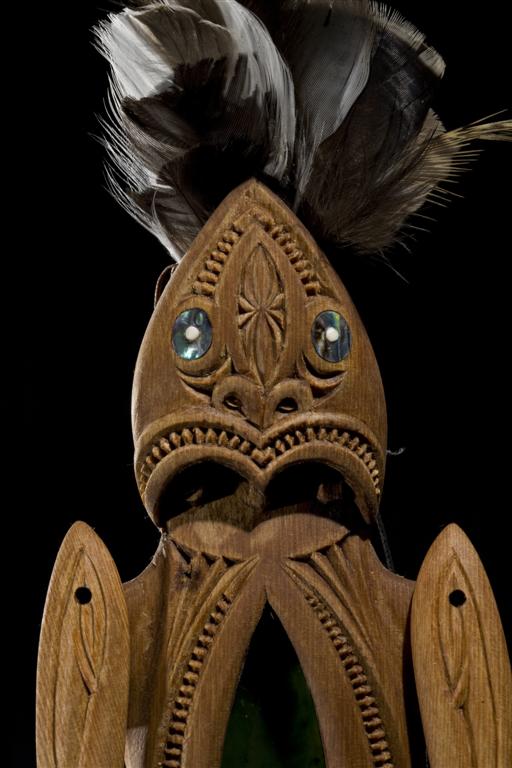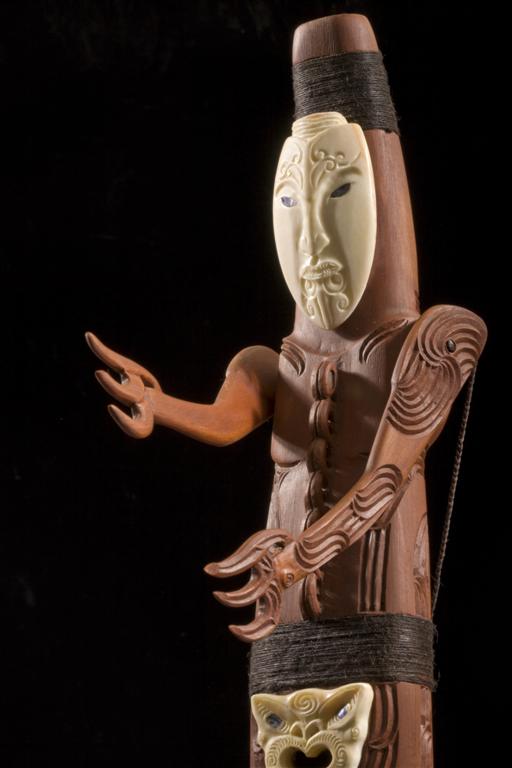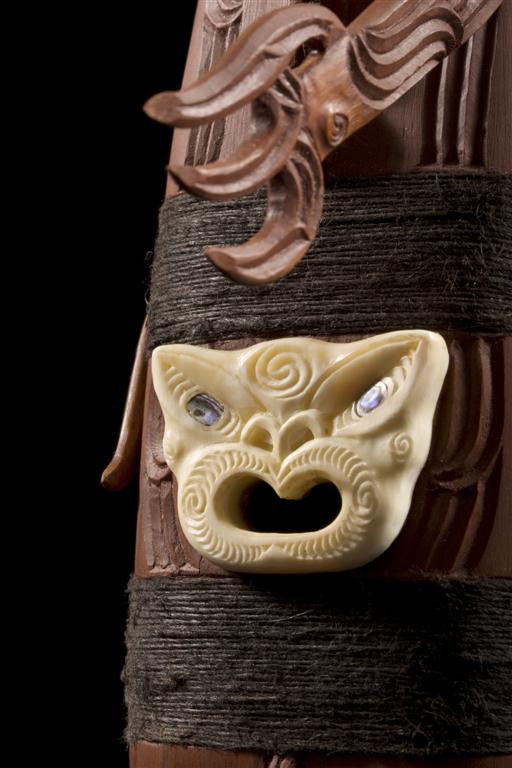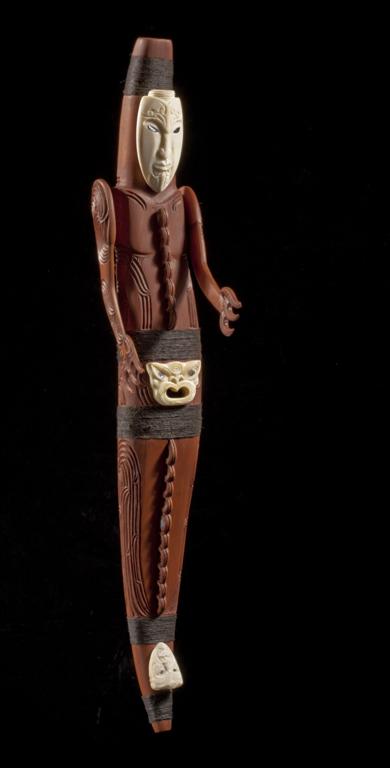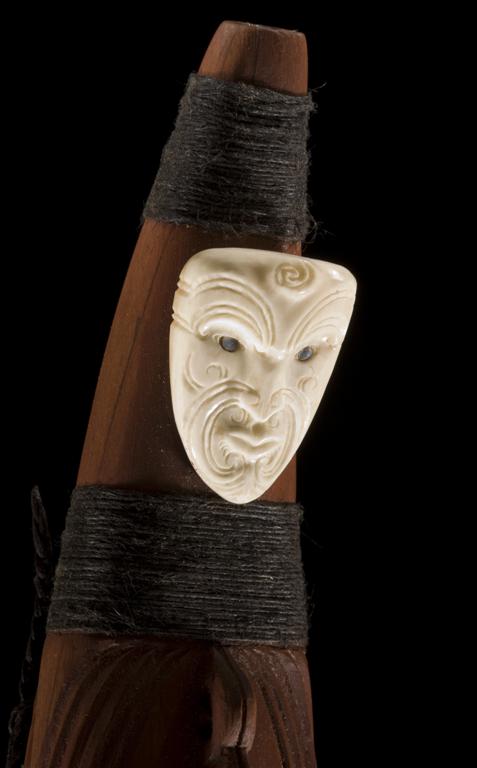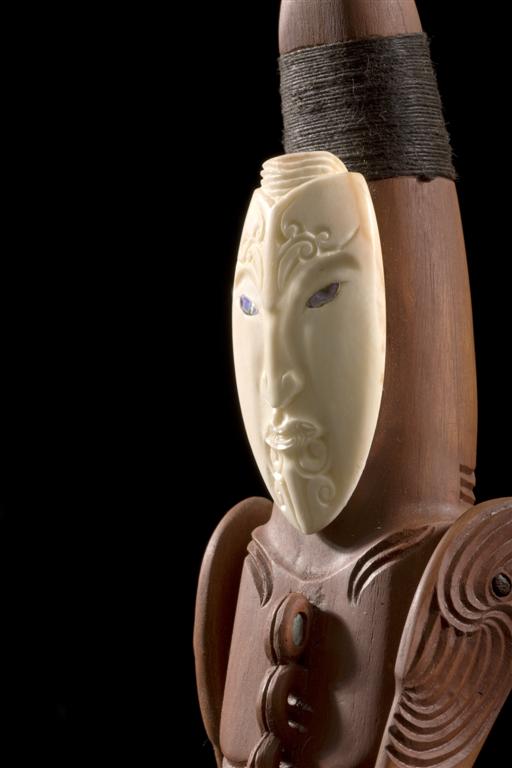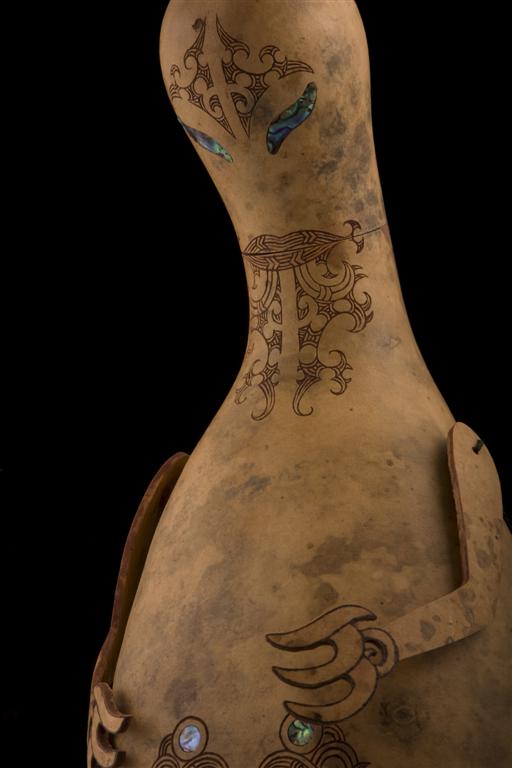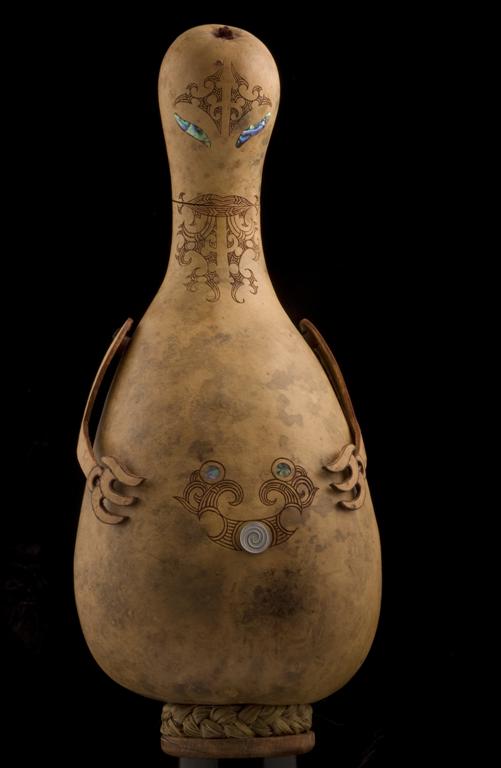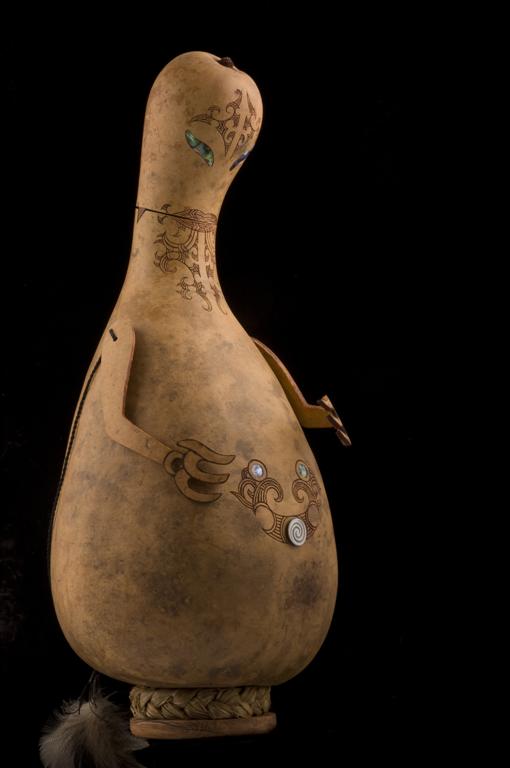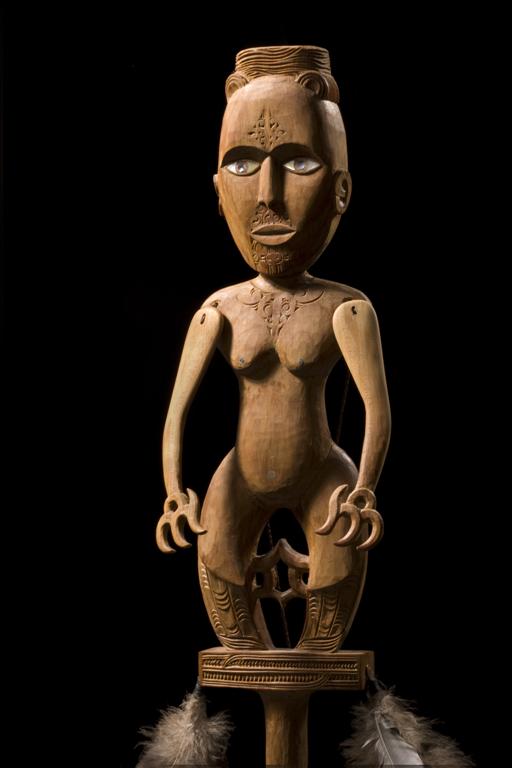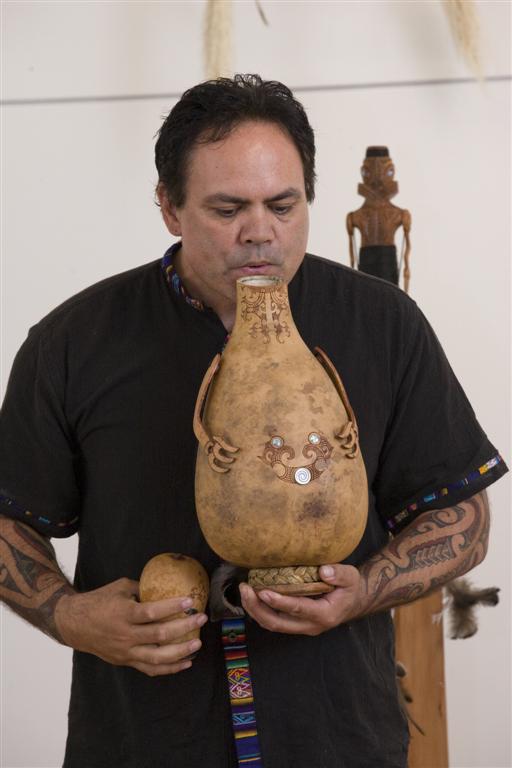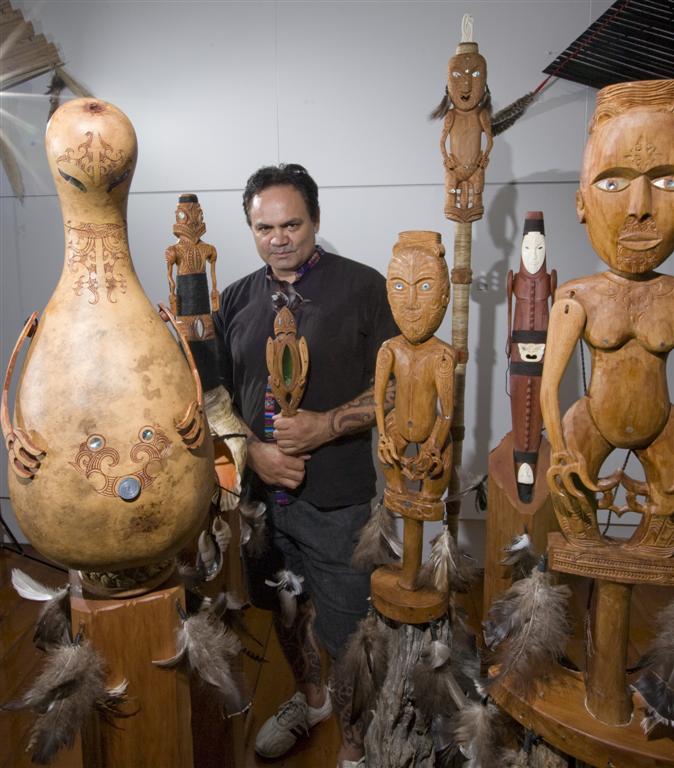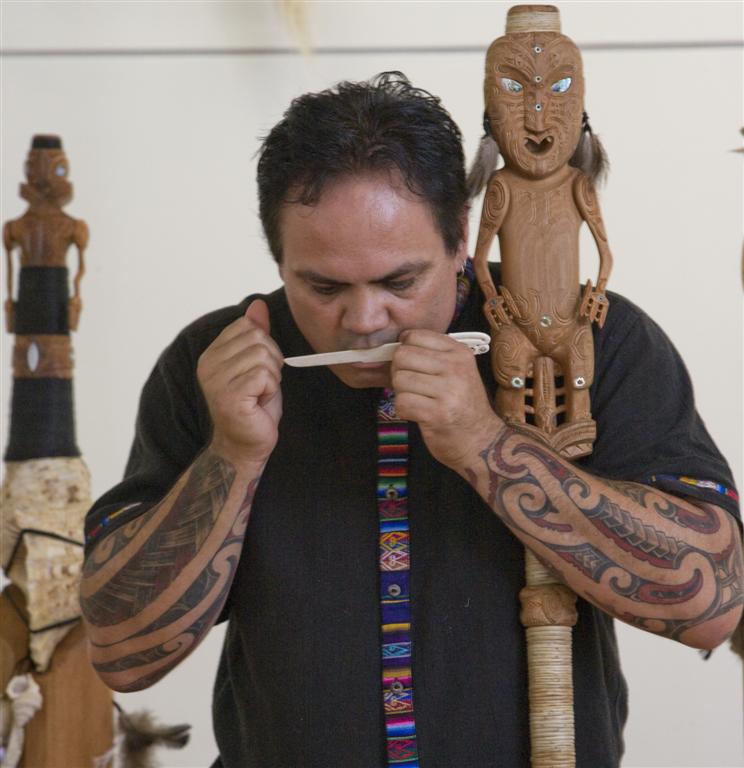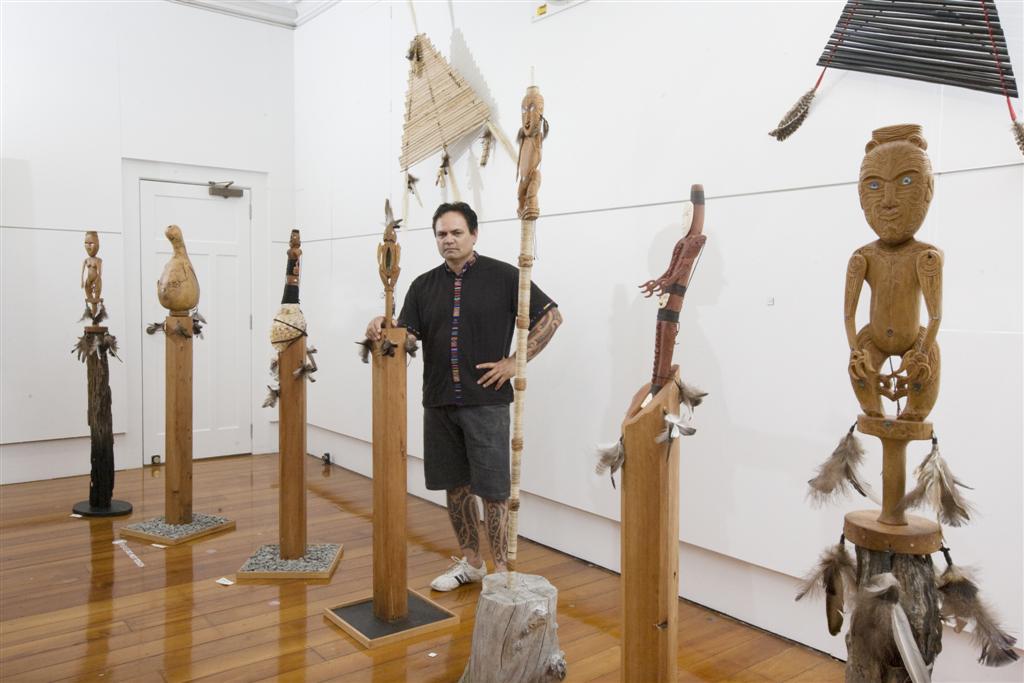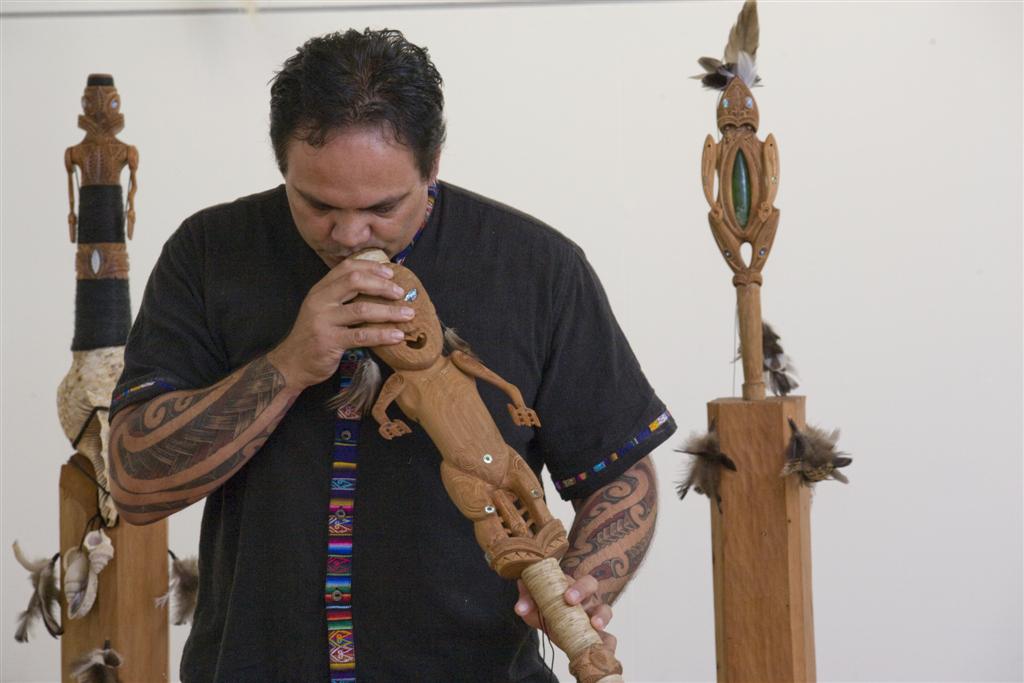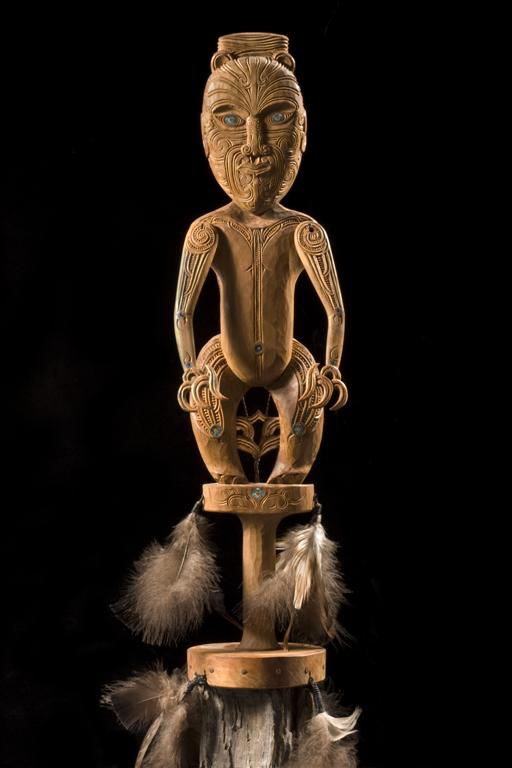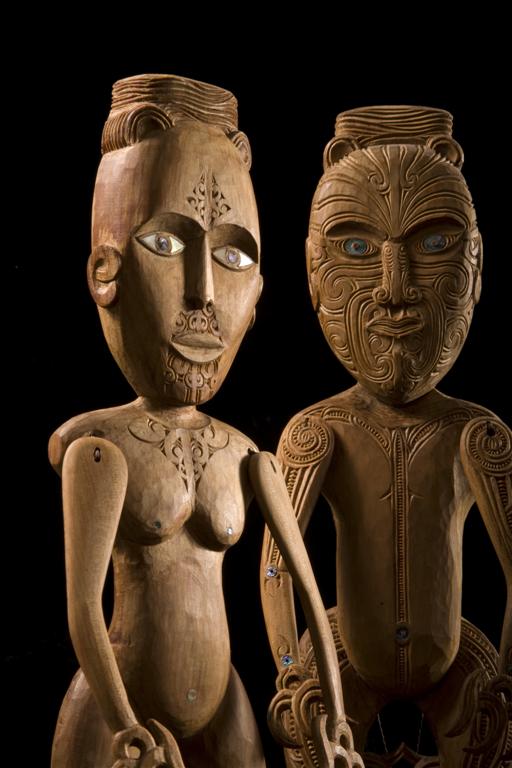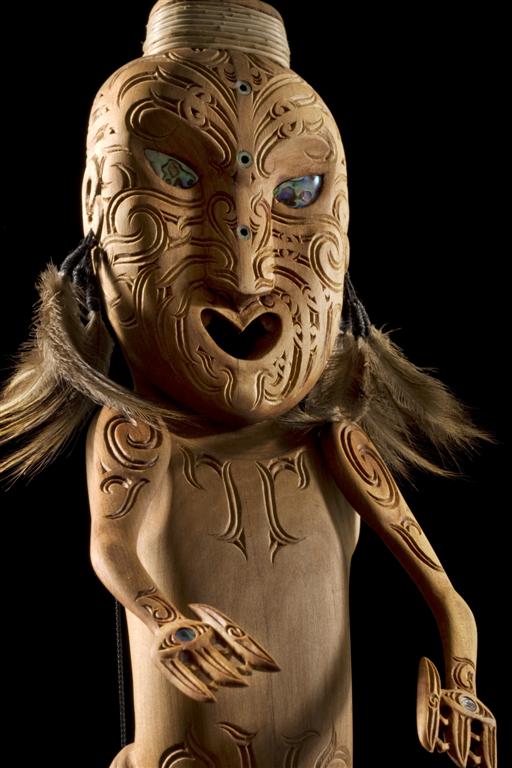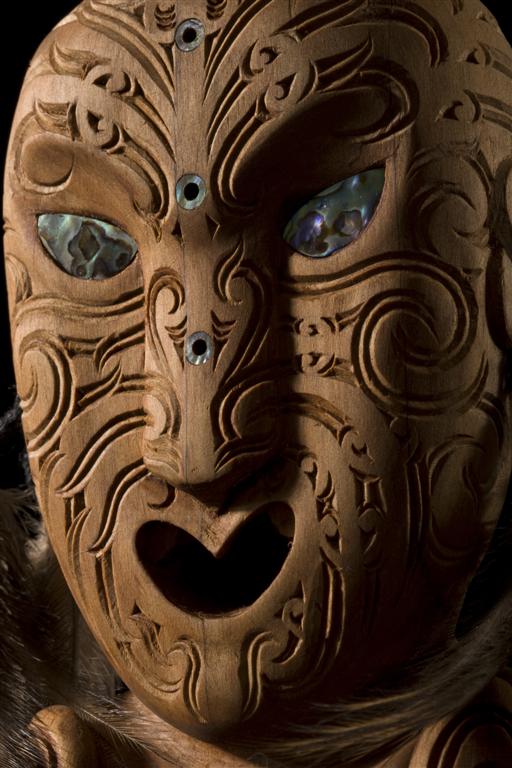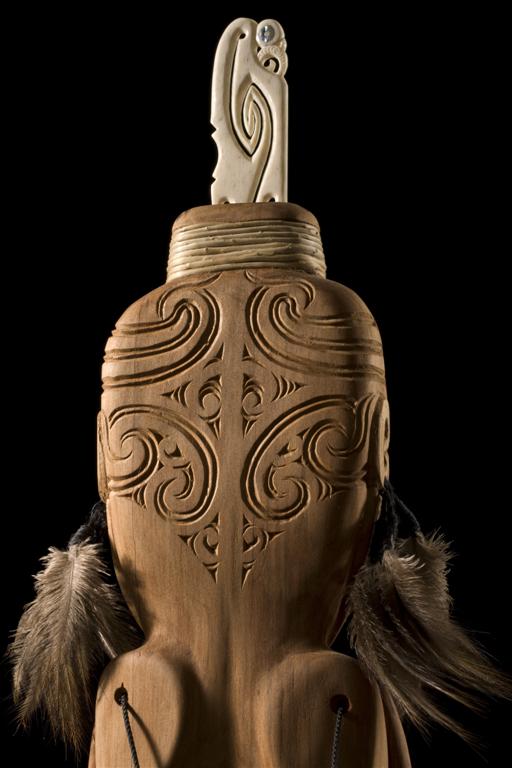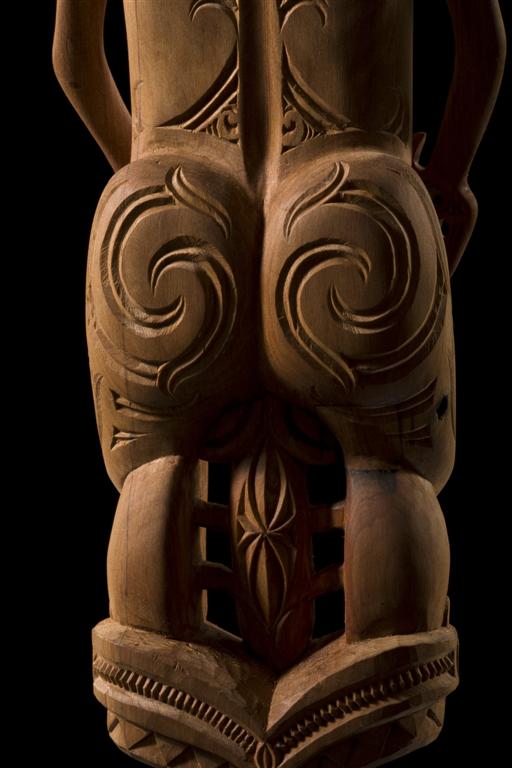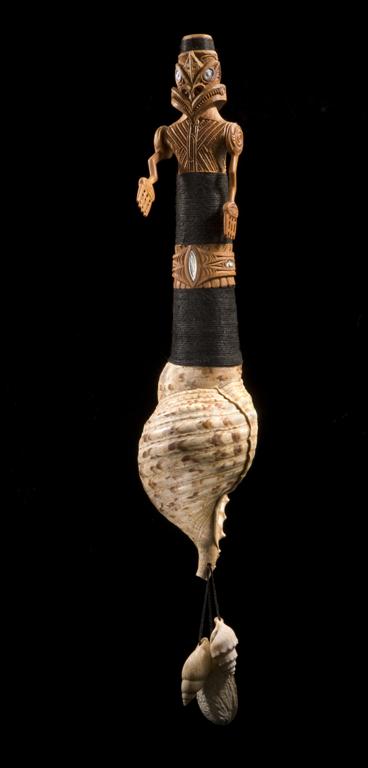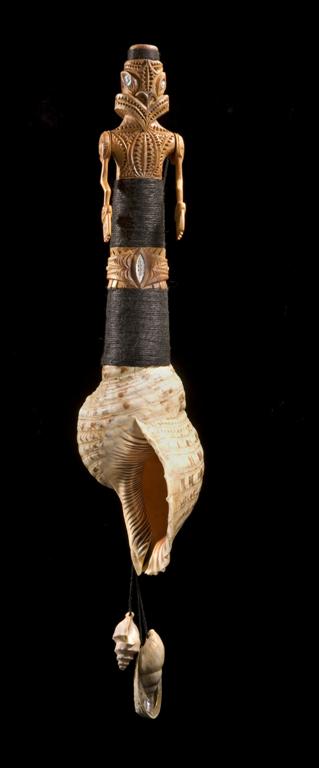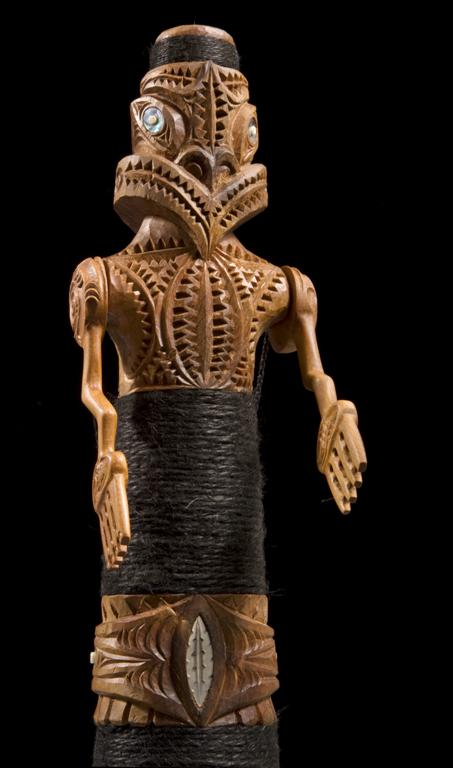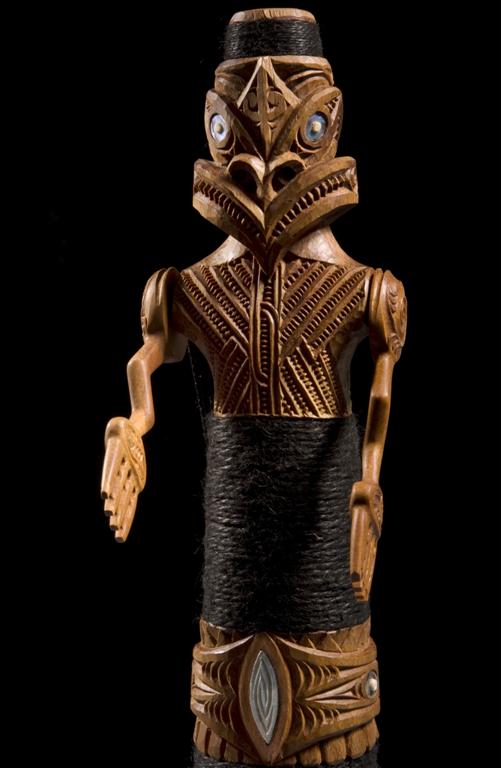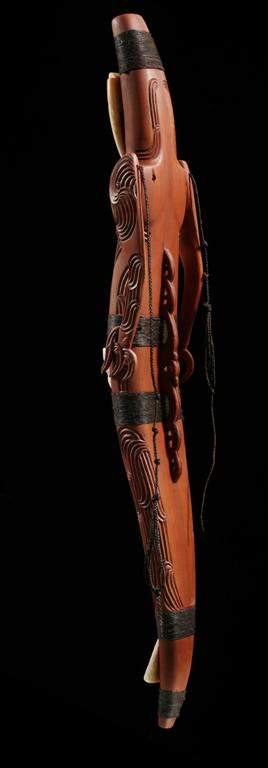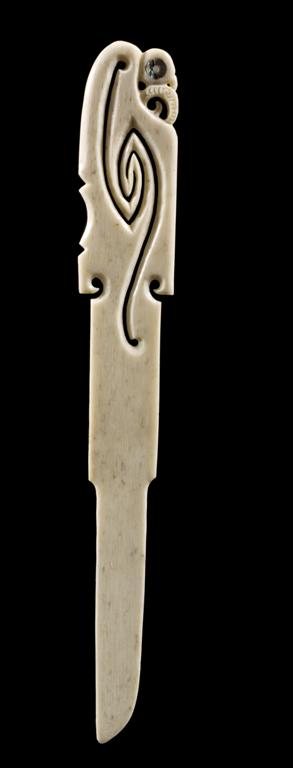Karetao are traditional Māori puppets. There has been a recent revival of interest in these treasures. Like many things in our performing arts tradition, karetao were set aside and much knowledge and experience was lost to history.
Despite this loss, however, some items do remain including:
- Extant examples of traditional karetao held in museums here in New Zealand and around the world
- Some fragmentary literature
- Some historical films and videos
- Some memories and small items of literature held within iwi communities
Although our knowledge of traditional karetao is limited, fragmentary and incomplete, the fragments that do exist are nonetheless inspiring the creation of new karetao and performances.
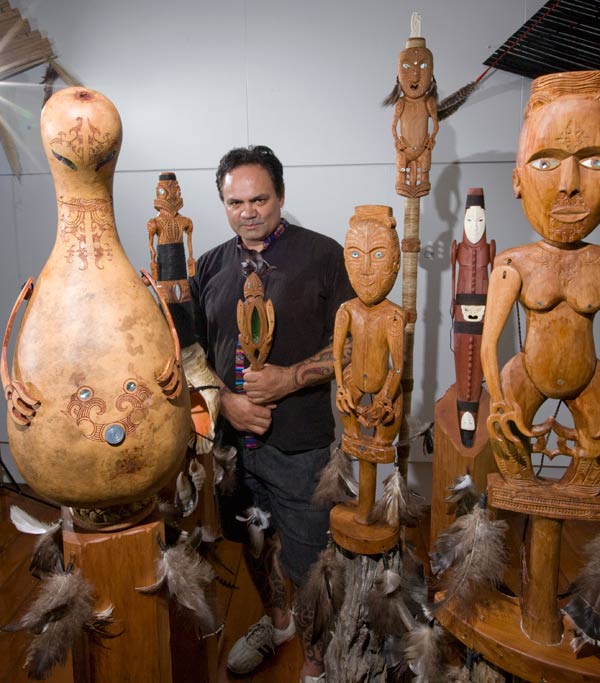
Karetao (Māori puppets ) are a part of Māori culture although little information about them exists, or has been found to date. Only a few exist throughout the world. As far as research, there is not a lot of documentation about the Karetao. However, during the revival of Taonga Pūoro, headed by the late Dr Hirini Melbourne, discussions were had about the use of Karetao and Taonga Pūoro together to enhance and embellish the performance and delivery of many elements of Māori culture, sound, music, spirit of the Karetao through puppetry and story telling, audience participation as well as the wairua (sprit) that is created throughout the exchange.
Following is an overview of my thoughts about Karetao and Taonga Pūoro.
My vision for my ‘Karetao Pūoro’ (Singing Māori Puppets) project has evolved from my practice in the arts and my growth as a person because of it. With the creation of these Karetao the hope is to enhance the stories and delivery of the taonga pūoro wānanga and in turn help the development and revival of Karetao as a living cultural entity.
I have successfully completed 7 Karetao Puoro (See Pics)
- Papa - The rhythms.
- Hine Pu Te Hue - The gourds.
- Tane - Creator of many song makers.
- Tangaroa - Creator of shell instruments.
- Tawhirimatea - The wind voices.
- Hine Raukatauri - Goddess of flutes.
- Rangi - The tunes.
The first two Karetao I constructed were made possible by a 10 week Artists in Schools residency which I received in 2008. My placement was at Mercury Bay area school where I was a resident artist and musician for a period of 10 weeks. One of my goals was to study and develop concept drawing toward the production of the Karetao along with interfacing with students, teachers and community alike.
The first two Karetao completed there were reflective of Rangi and Papa.
I wanted to create Rangi and Papa first so they in turn would give birth of those to come.
The other five have been created with the help of a ‘Quick Response Funding’ grant from Creative NZ, 2009 and completed in 2010.
This project would be seen as being at the forefront of a revival from a living cultural perspective as opposed to a mute one.
